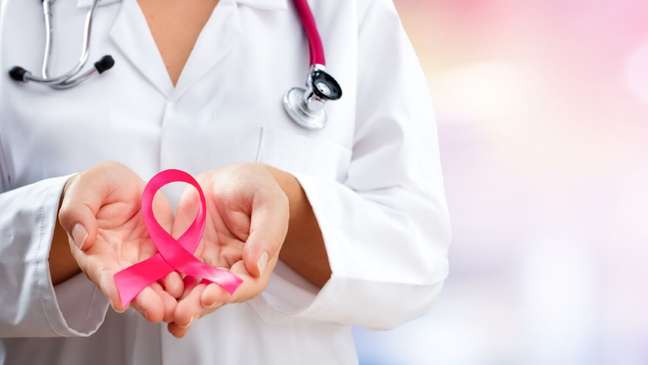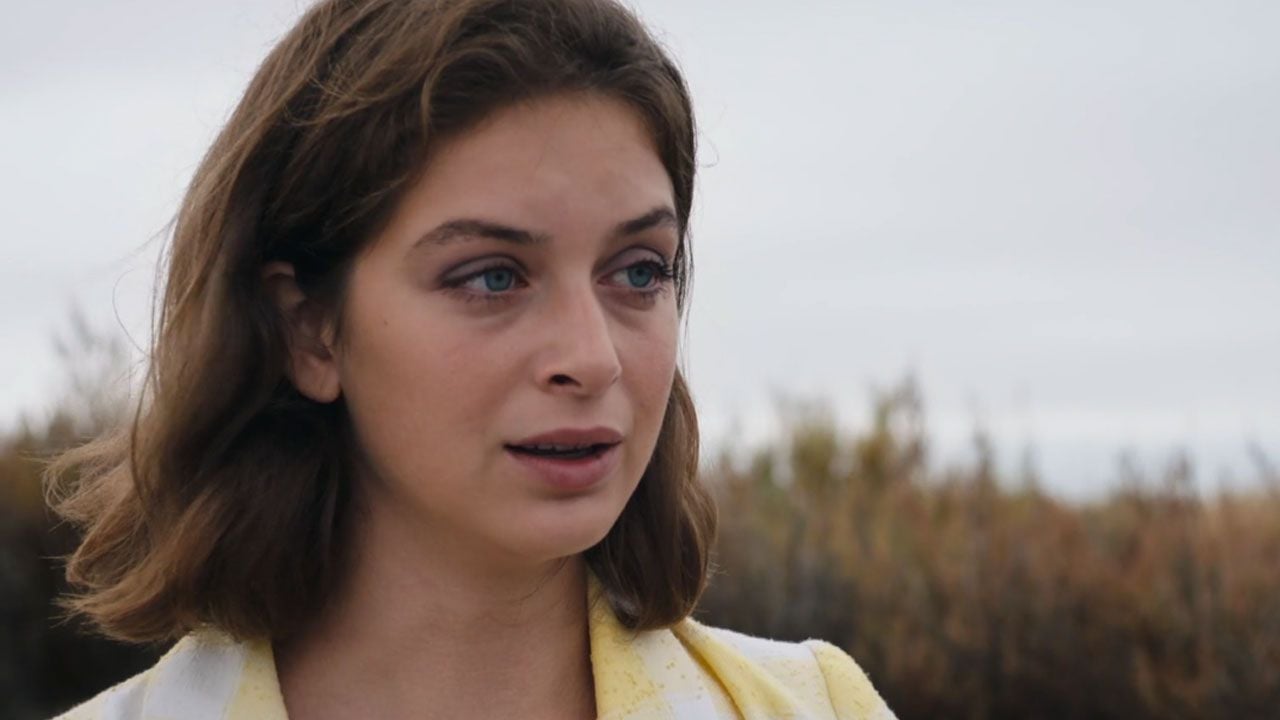The oncologist clarifies the main doubts and symptoms of breast cancer, the subtype that most affects Brazilian women

Breast cancer is the most common type of cancer in Brazilian women. It is caused by the disordered multiplication of abnormal breast cells, which form a tumor with the potential to invade other organs. According to the National Cancer Institute (Inca), more than 66,000 women were diagnosed with the disease in 2021 and more than 17,000 died in 2020.
Information is one of the most effective ways to encourage early diagnosis, so clearing up breast cancer myths is essential. The medical oncologist Dr. Maria Cristina Figueroa Magalhães clears the main doubts.
Breast cancer only affects people with a family history.
Myth. “Although people who have a family history of breast cancer are at increased risk of developing the disease, preventive measures are essential for every woman,” says the doctor. According to INCA, only 5% of cases are related to hereditary factors.
Breastfeeding can protect against breast cancer
Truth. There is evidence that the longer the breastfeeding period, the greater the protection, especially if the pregnancy occurs before the age of 30. “This link occurs because breastfeeding reduces the number of menstrual cycles and, consequently, exposure to certain female hormones that may be associated with the onset of cancers, such as estrogen. Hence, the main protective effect of the breastfeeding is that it can delay the re-establishment of ovulatory cycles “, explains the specialist.
A large pooled analysis including individual data from 47 epidemiological studies (approximately 50,000 women with invasive breast cancer and 97,000 controls) estimated that for every 12 months of breastfeeding, there was a 4.3% reduction in risk. breast cancer related. , as pointed out by Dr. Maria Cristina.
Self-exams don’t need a mammogram
Myth. The so-called “lump” isn’t the only symptom of breast cancer, according to the doctor. “In addition, there are some non-palpable nodules that can only be detected through mammography. This exam plays a key role in detecting calcifications, which can appear even before the image of a nodule,” he points out.
Using deodorant can cause breast cancer
Myth. The oncologist explains that cancer originates from the mutation of cellular DNA inherited or acquired by environmental factors. “No type of deodorant causes this change. What can happen with their use are allergies and irritation,” he adds.
Older women are more likely to develop the disease.
Truth. Statistics show that old age is one of the risk factors for breast cancer. This does not mean that prevention tests should not be performed on women of other age groups, as the doctor warns. INCA data shows that the age group that benefits most from breast cancer screening is between 50 and 69 years. “It is in this group that the cost-effectiveness of mammography is appropriate,” says Dr. Maria Cristina.
Physical activity helps prevent breast cancer
Truth. “The practice of physical activity benefits health in general and helps prevent a number of chronic and acute problems. Obesity and a sedentary lifestyle increase the risk of developing breast cancer,” reiterates the doctor.
Every breast lump is cancer
Myth. Throughout life, our body exhibits a disordered multiplication of cells that can form breast lumps, but they do not always pose a risk to the woman. “Most of the lumps are of benign origin and have no risk of developing into breast cancer”, reassures the specialist.
The disease has no cure
Myth. The earlier the disease is diagnosed, the better the chances of recovery. “That is why there is so much commitment to early diagnosis awareness, as in the Pink October campaign. However, it is always essential to take into account that each person is unique and so is the evolution of the disease. Success rates of outcomes clinical “, declares the oncologist.
Chemotherapy is indicated for all patients.
Myth. The doctor says that the use of this treatment is very frequent, but in many cases it is not necessary. “The decision on whether or not to use chemotherapy is based on several factors, such as tumor size and characteristics, data on the type of breast cancer and the patient’s health condition, among others,” he explains.
According to Dr. Maria Cristina, combined therapies with the use of biosimilar drugs are expanding treatment options to fight breast cancer, which has contributed to successful clinical outcomes.
It is possible to have breast cancer and have no symptoms.
Truth. The oncologist lists some cancer symptoms that are not related to the “lumps” in the breast. Are they:
- Scaly, patchy, or inflamed skin
- Nipple discharge, breast swelling
“In addition, annual mammography screening from the age of 40 is extremely important for cases where the patient has no symptoms,” he concludes.
Source: Terra
Benjamin Smith is a fashion journalist and author at Gossipify, known for his coverage of the latest fashion trends and industry insights. He writes about clothing, shoes, accessories, and runway shows, providing in-depth analysis and unique perspectives. He’s respected for his ability to spot emerging designers and trends, and for providing practical fashion advice to readers.







